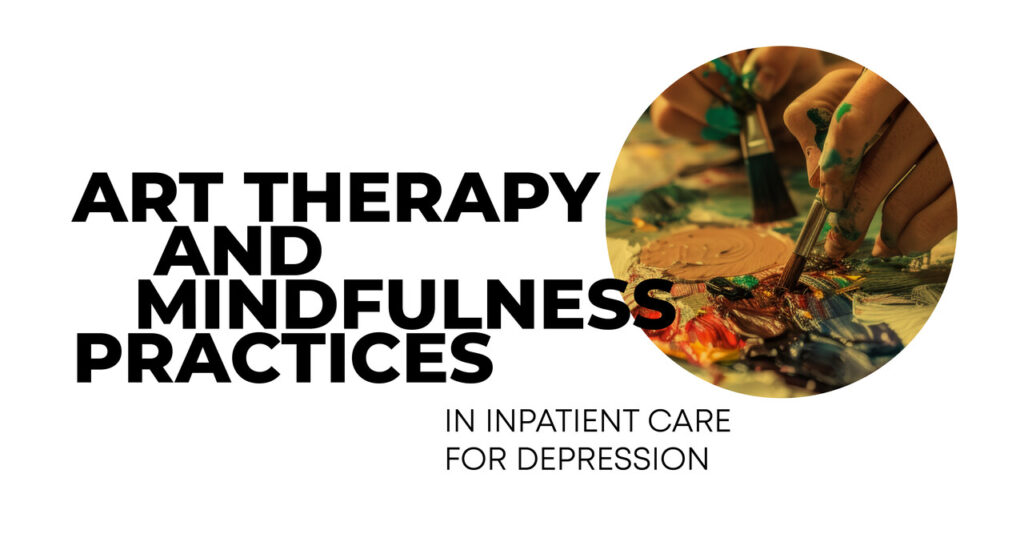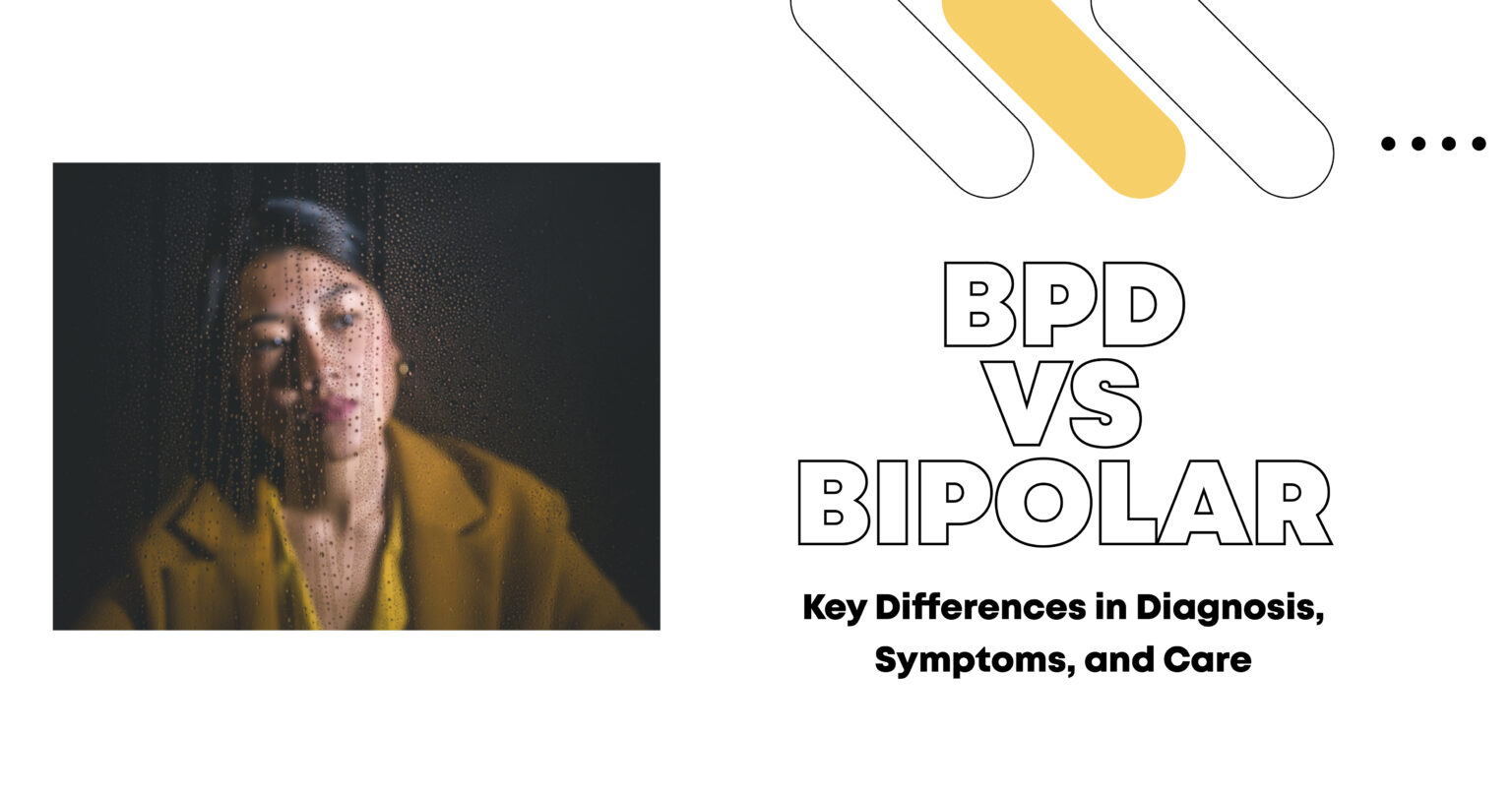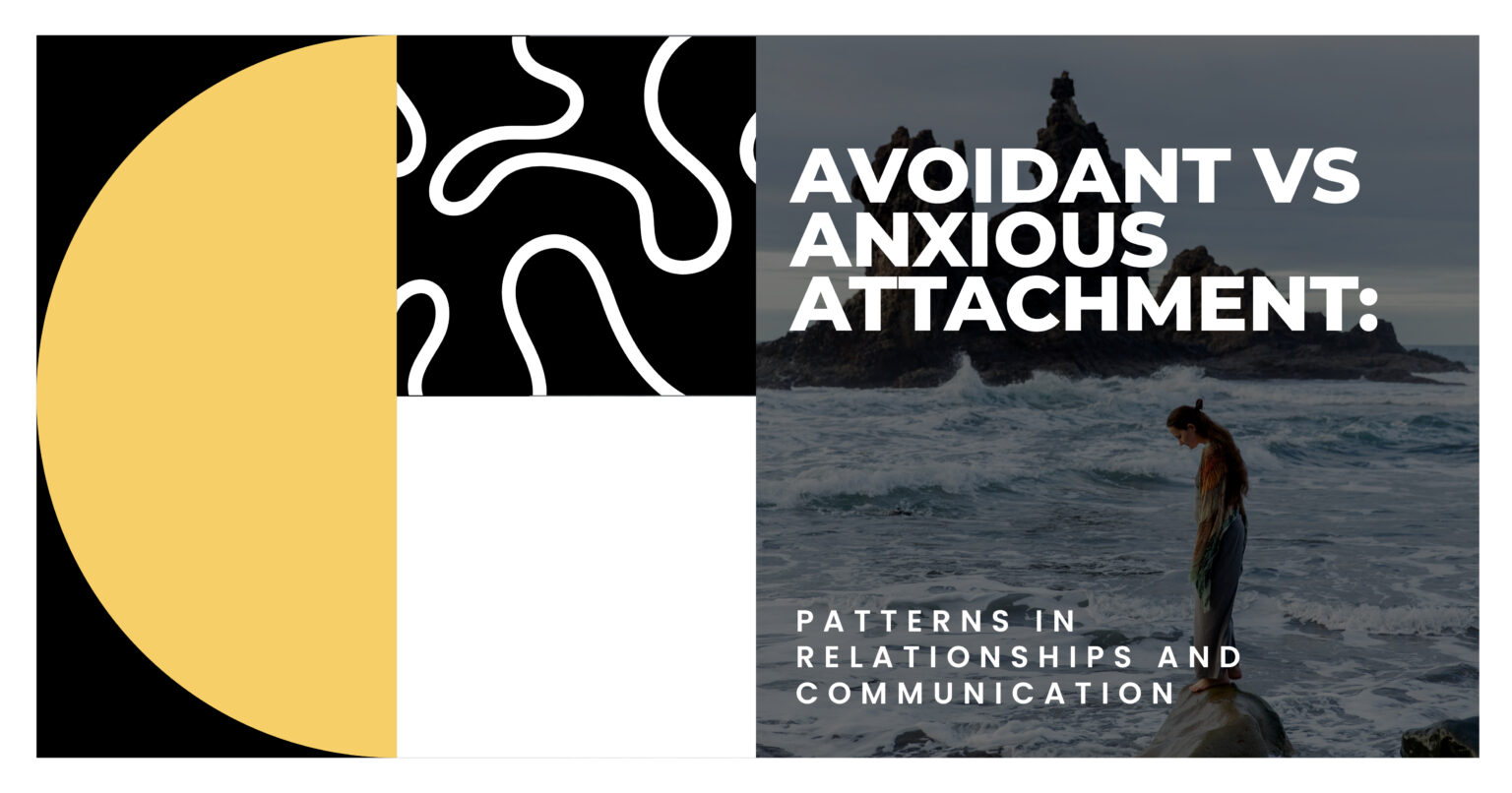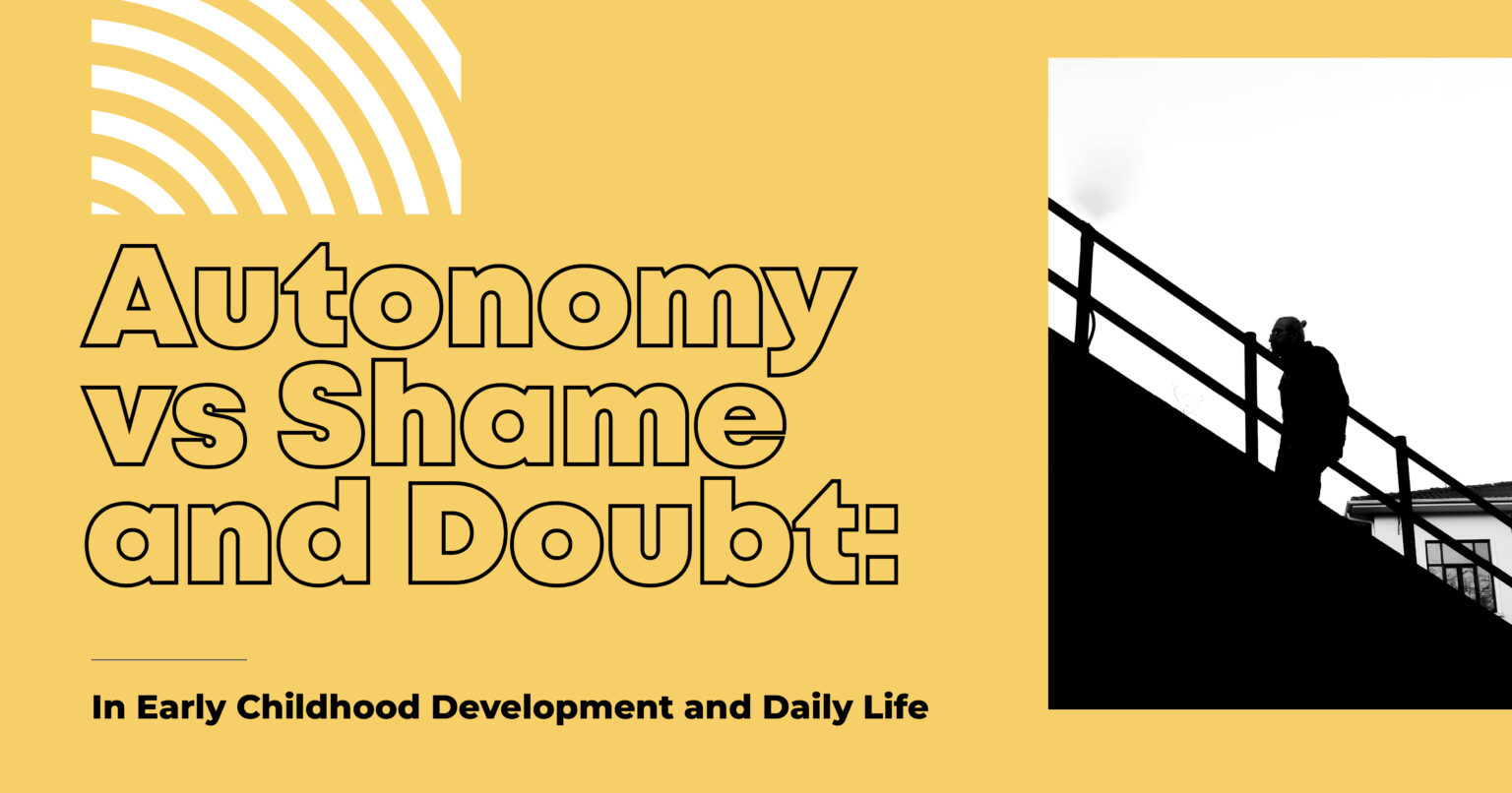Depression can feel like a heavy cloud that refuses to lift, making even the simplest tasks seem insurmountable. When it gets to the point where everyday life becomes unmanageable, inpatient care can provide the intensive support needed. But it’s not just about medication and talk therapy. Innovative treatments like art therapy and mindfulness practices are proving to be powerful allies in the fight against depression. Let’s delve into how art therapy and mindfulness practices in inpatient care for depression are helping individuals reclaim their lives.
The Power of Art Therapy
What is Art Therapy?
Art therapy is a form of psychotherapy that uses creative processes like drawing, painting, and sculpting to help individuals express themselves and explore their emotions. It’s not about producing a masterpiece but about creative expression and the emerging personal insights. Art therapists work with patients to navigate their emotions, especially those experiencing mental health conditions, including anxiety disorders and depression symptoms.
How Art Therapy Works
Engaging in art can bypass the limitations of language and tap into a deeper part of the psyche. This can be especially helpful for those who struggle to articulate their feelings. Through art, individuals can visualize and process their emotions in a safe and supportive environment. This therapeutic process allows for artistic expression and can be a significant part of treatment plans for various mental disorders.
Benefits of Art Therapy in Inpatient Care
- Emotional Release: Art provides a non-verbal outlet for expressing complex emotions, making it particularly useful for individuals experiencing feelings of sadness or depressive episodes.
- Self-Discovery: Creating art can reveal hidden thoughts and feelings, aiding in self-awareness and contributing to the overall mental well-being of patients. This is especially beneficial for those with mental health disorders.
- Stress Reduction: The creative activity involved in art-making can be calming and meditative, reducing stress and anxiety symptoms.
- Empowerment: Completing an art piece can boost self-esteem and provide a sense of accomplishment, fostering a positive outlook on life. This aligns with the goal of art therapy, which is to empower individuals through the creative process.
- Enhanced Communication: Art can bridge communication gaps, making it easier for individuals to open up about their experiences with mental health professionals and peers, ultimately improving mental health services.
Shine Mental Health
Mindfulness Practices: Cultivating Presence
What is Mindfulness?
Mindfulness is the practice of being fully present in the moment, aware of your thoughts, feelings, and surroundings without judgment. It involves techniques like meditation, breathing exercises, and mindful movement, which can also serve as a form of complementary therapy.
How Mindfulness Works
Mindfulness practices train the brain to focus on the present moment, breaking the cycle of rumination and negative thinking that often accompanies depression. By nurturing a mindset of curiosity and acceptance, people can build a healthier relationship with their thoughts and emotions, which is especially crucial for those facing mental health challenges.
Benefits of Mindfulness in Inpatient Care
- Reduced Symptoms of Depression: Mindfulness can decrease the severity of depressive symptoms, providing relief for those struggling with their experience of depression.
- Improved Emotional Regulation: It helps individuals manage their emotions more effectively, essential for maintaining mental health.
- Increased Resilience: Mindfulness enhances the ability to cope with stress and setbacks, vital for recovery from mental illnesses.
- Better Sleep: Regular practice can improve sleep patterns and reduce insomnia, which is often affected in individuals with severe depression.
- Enhanced Overall Well-being: Mindfulness fosters a greater sense of peace and contentment, contributing to a healthier lifestyle, which is an important aspect of public health.
Integrating Art Therapy and Mindfulness in Inpatient Care
A Synergistic Approach
Combining art therapy and mindfulness practices can create a powerful synergy in treating depression. While art therapy allows for creative expression and emotional exploration, mindfulness helps individuals stay grounded and present. Together, they address the multifaceted nature of depression, promoting holistic healing.
Techniques and Practices
Here are some ways that art therapy and mindfulness can be integrated into inpatient care:
- Mindful Art-Making: Encourage patients to engage in art therapy activities mindfully. This means focusing on the sensations of creating—such as the brush’s feel, the paint’s colors, or the pencil’s sound on paper. This practice can help ground patients in the present moment and deepen their connection to the creative process.
- Guided Imagery: Art therapists can use guided imagery to help patients visualize calming scenes or positive outcomes while they create art. This technique can reduce anxiety and enhance the therapeutic experience.
- Breathing Exercises Before Art Sessions: Starting art therapy sessions with a few minutes of mindful breathing can help patients center themselves and be more present, improving their ability to engage with the art-making process.
- Mindfulness Meditation: Incorporating regular mindfulness meditation sessions into the inpatient care routine can help patients develop a consistent practice. This can be done through guided meditations, body scans, or mindful walking.
Shine Mental Health
Real-Life Applications and Success Stories
Art therapy and mindfulness practices have been successfully implemented in various inpatient care settings, providing countless individuals with new tools for managing depression.
Case Study: Sarah’s Transformation
Sarah, a 28-year-old artist, was admitted to an inpatient facility after a severe depressive episode. Initially resistant to traditional talk therapy, she found solace in art therapy. Through artistic activities, she could express feelings she couldn’t put into words. Complementing her art therapy session with daily mindfulness exercises helped her stay present and reduce her anxiety. Over time, Sarah’s mood improved, and she gained new insights into her emotional landscape.
Hospital Programs
Many hospitals have incorporated art therapy and mindfulness into their inpatient programs. For example, the Mayo Clinic offers art therapy sessions that allow patients to explore their emotions creatively while providing mindfulness workshops to help them manage stress and enhance their well-being. Additionally, they have introduced art journals and art classes that encourage patients to document their progress, further supporting their mental health treatments.
FAQs about Art Therapy and Mindfulness Practices in Inpatient Care for Depression
- How long does it take to see results from art therapy and mindfulness practices?
Results can vary from person to person, but many patients start to notice improvements within a few weeks of consistent practice. Pilot studies have shown promising results in reducing psychological symptoms associated with mental health disorders. - Do you need to be an artist to benefit from art therapy?
Not at all! Art therapy focuses on the creative process of creation rather than the end product. No artistic talent is required to benefit from its therapeutic effects. - Can mindfulness practices be done anywhere?
Yes, mindfulness practices can be adapted to almost any setting. Whether it’s through meditation, mindful breathing, or simply being present in the moment, these practices can be integrated into daily life. - Are there any risks associated with art therapy or mindfulness practices?
Both art therapy and mindfulness practices are generally safe. However, it’s essential to work with trained experts who can guide the process and ensure it’s tailored to the individual’s needs. - How can I find a qualified art therapist or mindfulness instructor?
Organizations like the American Art Therapy Association (AATA) and the Mindfulness-Based Stress Reduction (MBSR) program directory can help you find qualified professionals in your area.
Shine Mental Health
Wrapping Up: The Path to Healing
Incorporating art therapy and mindfulness practices in inpatient care for depression offers a unique and holistic approach to treatment. Individuals can explore their emotions, reduce stress, and develop a greater sense of well-being by engaging in artistic expression and cultivating mindfulness. When combined with traditional therapies, these practices can pave the way to recovery and help patients with depression build a brighter, more resilient future.







